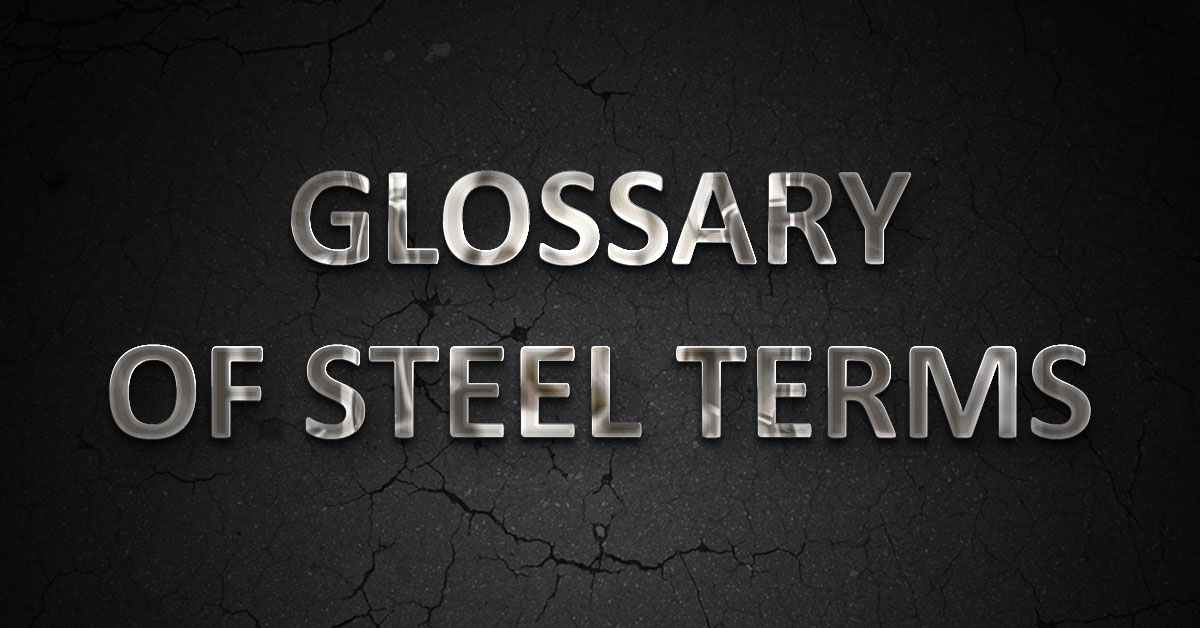Advice, Buying Guides, Glossary
Glossary Of Knife Steel Terminology
Below is a glossary of steel terms used in the knife industry.
| Alloy | A material that is dissolved in another metal in a solid solution. A material that results when two or more elements combine in a solid solution. |
| Corrosion Resistance | The ability of a material to resist deterioration as a result of a reaction to its environment. Provided by the elements Chromium (Cr), Copper (Cu), Molybdenum (Mo), and Nitrogen (N). |
| Ductility | The ability of a material to be stretched or drawn, plastically deform appreciably before fracturing. Provided by the element Manganese (Mn). |
| Edge Retention | The ability of a material to resist abrasion and wear. Provided by the elements Carbon (C), Chromium (Cr), Manganese (Mn), Nitrogen (N), and Vanadium (V). |
| Hardness | The resistance of a steel to deformation or penetration analogous to strength. Provided by the elements Carbon (C), Chromium (Cr), Cobalt (Co), Molybdenum (Mo), Nitrogen (N), and Phosphorus (P). |
| Hardenability | The ability of a steel to be hardened by a heat treating process. Provided by the elements Manganese (Mn), Molybdenum (Mo), and Tungsten (W). |
| Heat Treating | A controlled heating and cooling process to prescribed temperatures and set limits for the purpose of changing the physical properties and behavior of the metal. |
| Impact Strength | The ability of a material to resist cracking due to a sudden force. |
| Rockwell Test (HRC) | A measurement of steel hardness based on the depth of penetration of a small diamond cone pressed into the steel under a constant load. |
| Tensile Strength | Indicated by the force at which a material breaks due to stretching. Provided by the elements Chromium (Cr) and Manganese (Mn). |
| Toughness | The ability of a material to resist shock or impact. Provided by the element Chromium (Cr). |
Credit to BTIBrands for this content.

